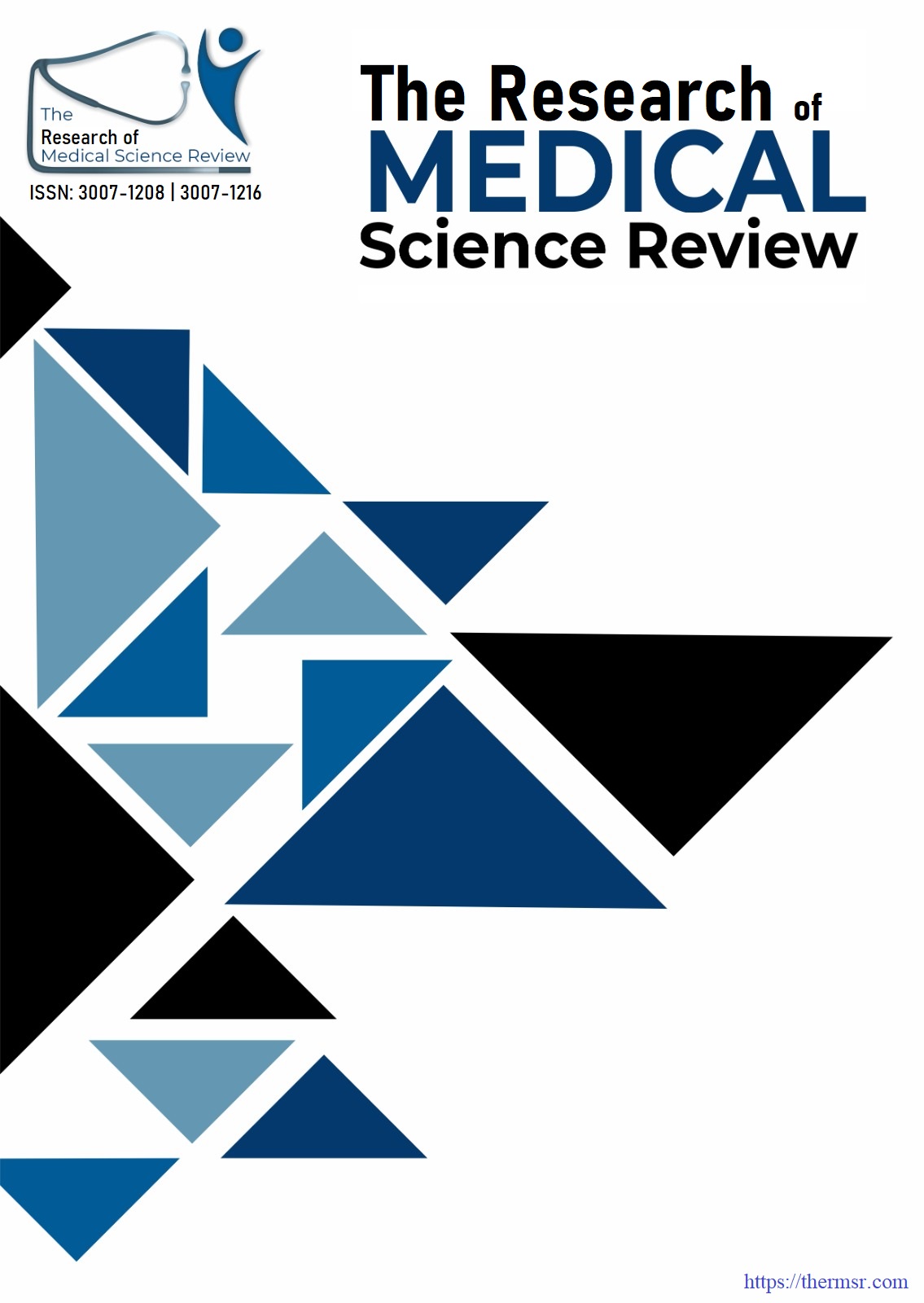PREVALENCE, RISK FACTORS, AND PATHOPHYSIOLOGY OF CONSTIPATION-INDUCED HEMORRHOIDAL DISEASE IN PATIENTS OF QUETTA DISTRICT BALOCHISTAN
Keywords:
Constipation, hemorrhoidal disease, risk factors, prevalence, pathophysiology, Quetta, PakistanAbstract
Background: Constipation-related hemorrhoidal disease (HD) is a frequent gastrointestinal disease that considerably reduces the quality of life. Until now, based on global data, the HD prevalence is relatively high (4%–86%), but literature at the regional level, especially from Quetta District, Pakistan, is lacking. Other established risk factors chronic constipation, low-fiber diets, sedentary lifestyles and pregnancy are well documented, though their interactions in this population are poorly understood. Objectives: To examine the prevalence of HD among this cohort of constipated patients in Quetta, identify modifiable risk factors, and elucidate pathophysiological mechanism linking constipation to HD. Methods: It was a hospital-based cross-sectional study at Bolan Medical Complex hospital and Sandeman Provincial Hospital, January to March 2025. Data Collection: Data were collected from 664 enrolled patients (52% men and 48% women; aged 20–60 years old) through a structured questionnaire and digital rectal/proctoscopic examination and laboratory tests (CBC, stool analysis, and electrolytes). Statistical analyses were performed using SPSS v26, with significance set at p<0.05. Results: The highest prevalence of HD was in ages 41–50 (29%). The diet factors saw the following risk factors: low fiber (68%), dehydration (74%), sedentary lifestyle (61%) and fast food (58%). Significant differences in gender were arisen: males had higher smoking (16% vs. 2%) and alcohol use (4.5% vs. 0.5%) than females but females tend to have pregnancy-affecting risk of test. Grade II HD (n = 371, or 37%) was the most common. The pathophysiological drivers included venipuncture-associated venous hypertension, and connective tissue degeneration. Conclusion: Lifestyle factors were a leading cause of HD due to constipation, especially in middle-aged adults of Quetta. Clearly, as well as its contributory effect on wider public health, urgent public health interventions addressing dietary habits, physical activity, and patient education will be necessary. Further studies are needed to address long-term outcomes and treatment responses in this population.
Downloads
Downloads
Published
Issue
Section
License

This work is licensed under a Creative Commons Attribution-NonCommercial-NoDerivatives 4.0 International License.















